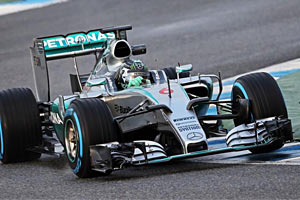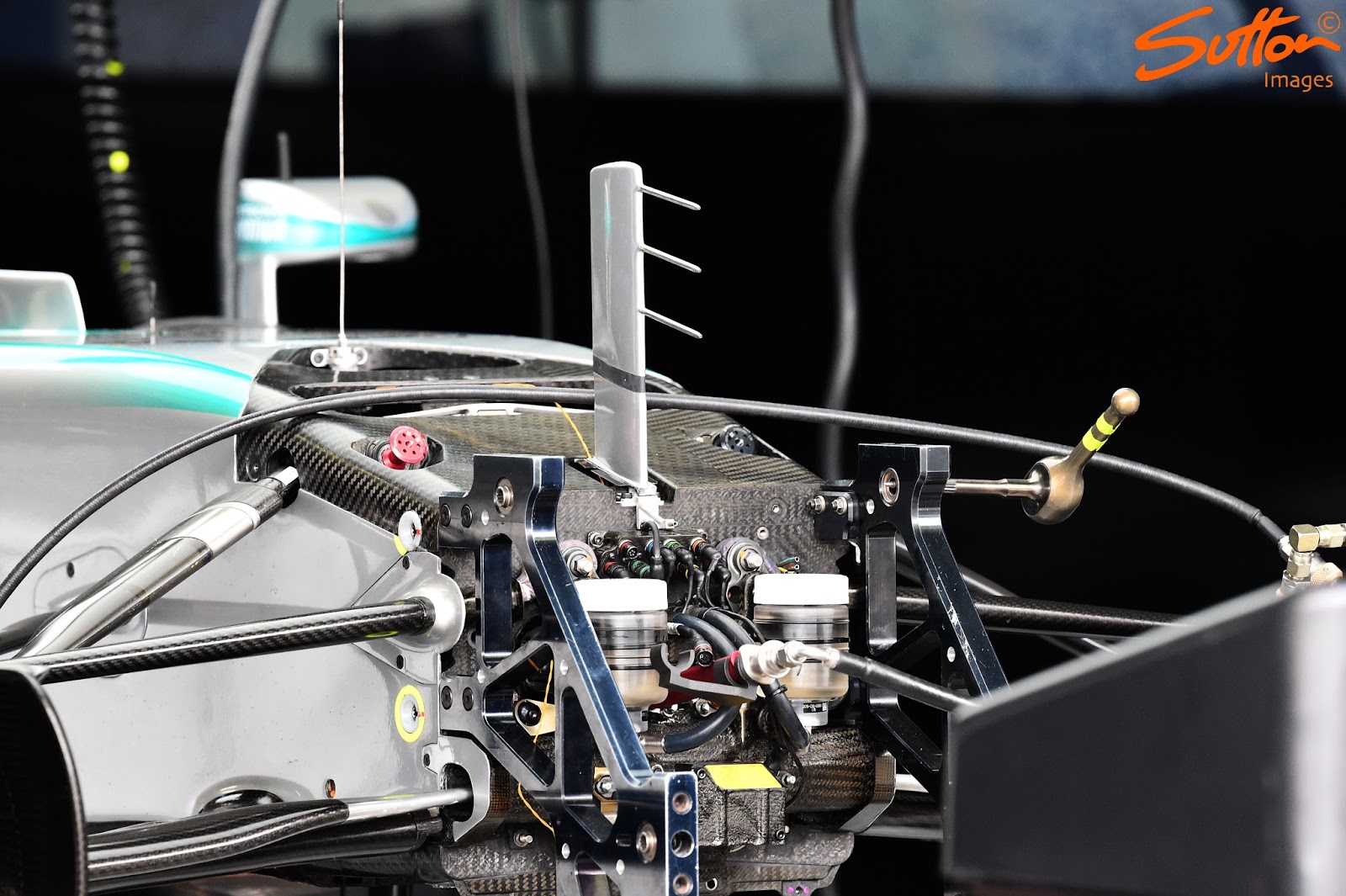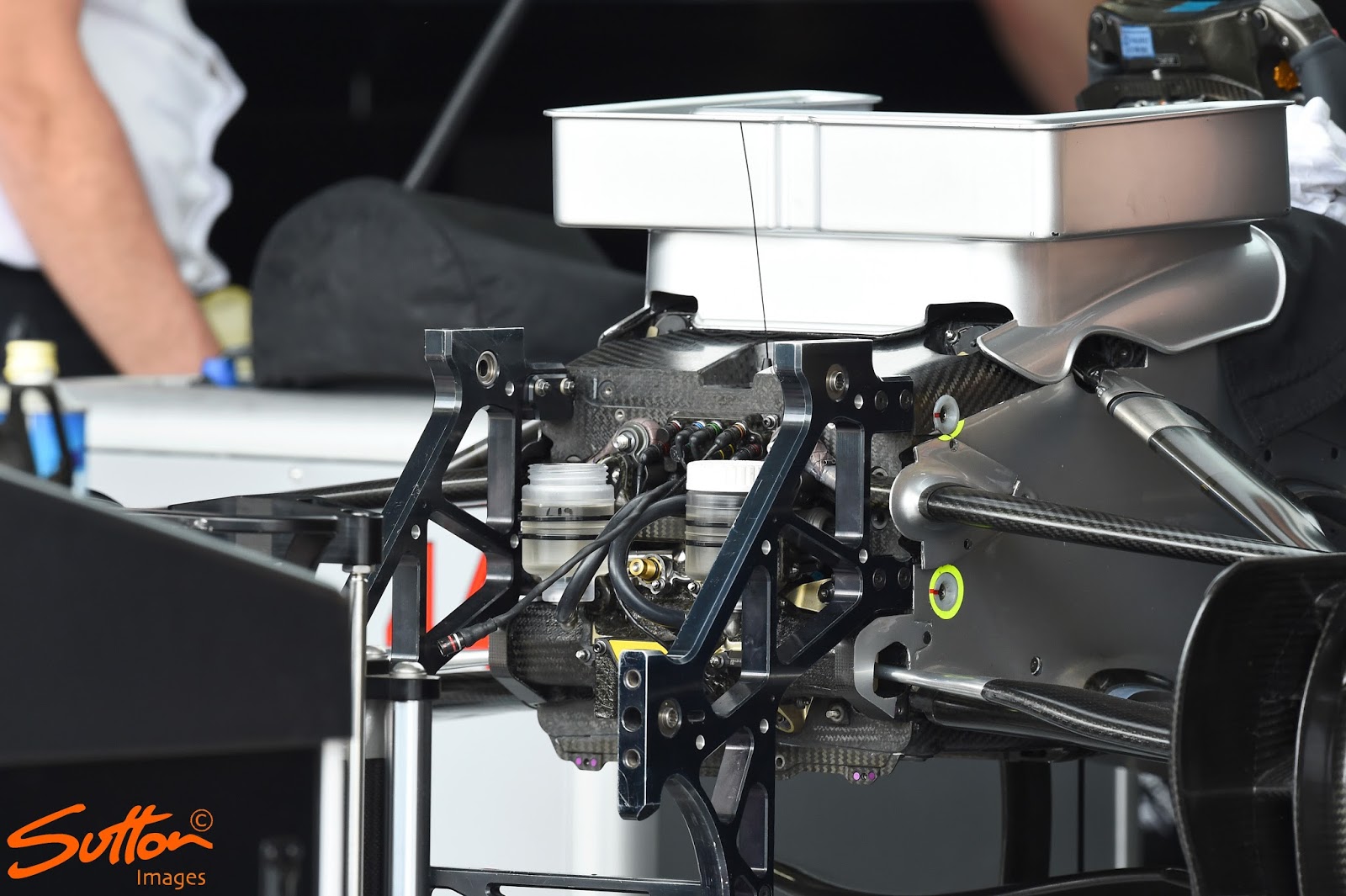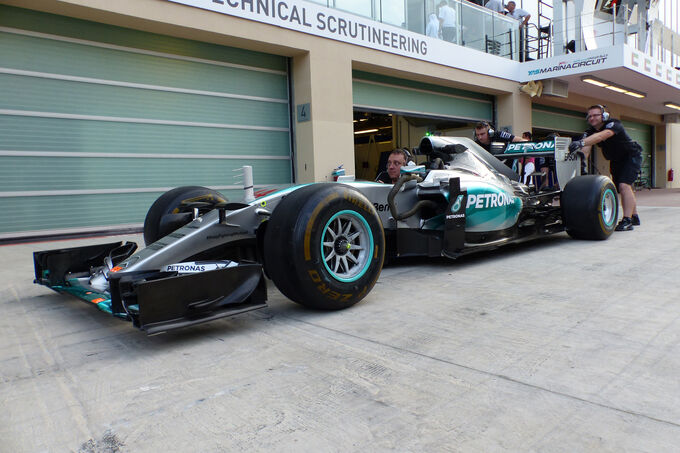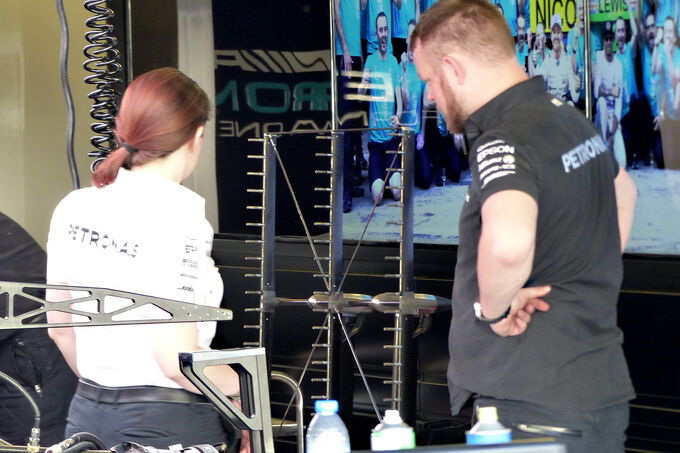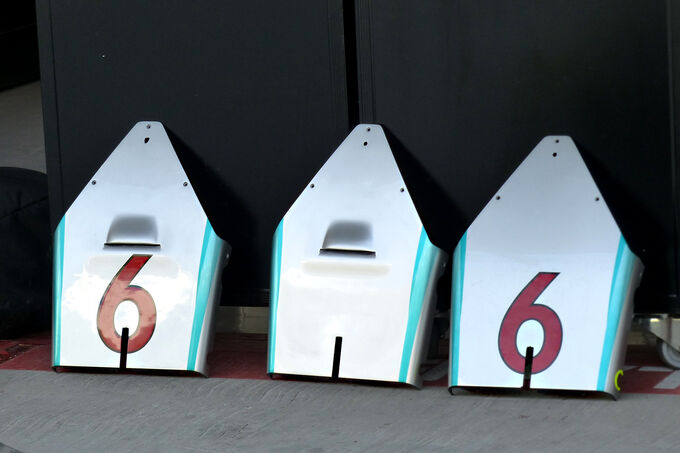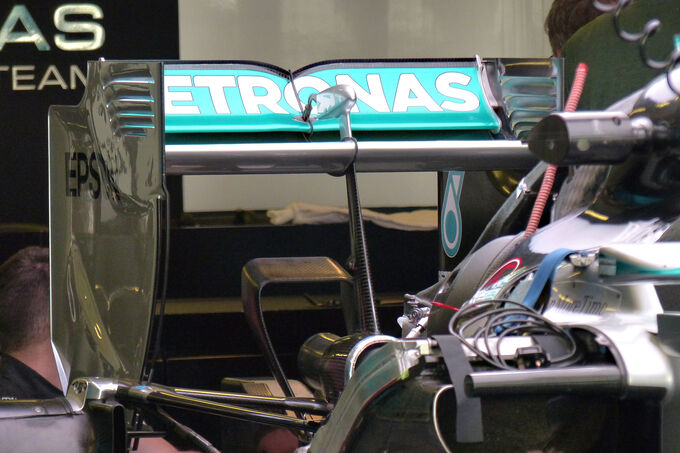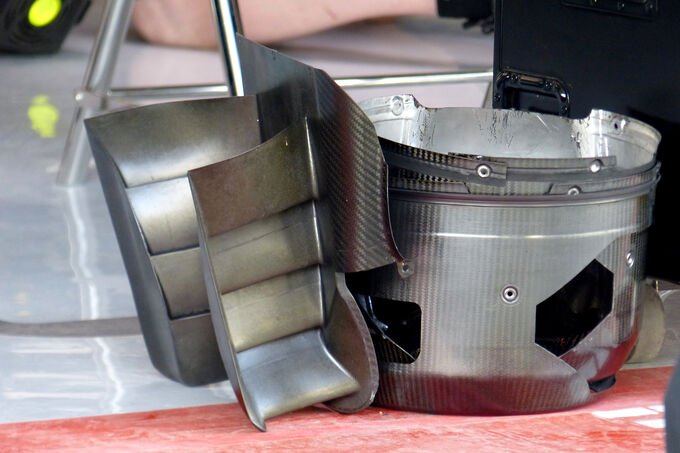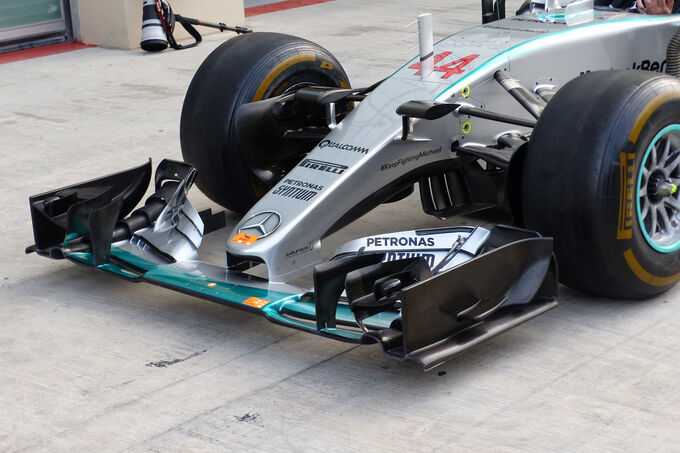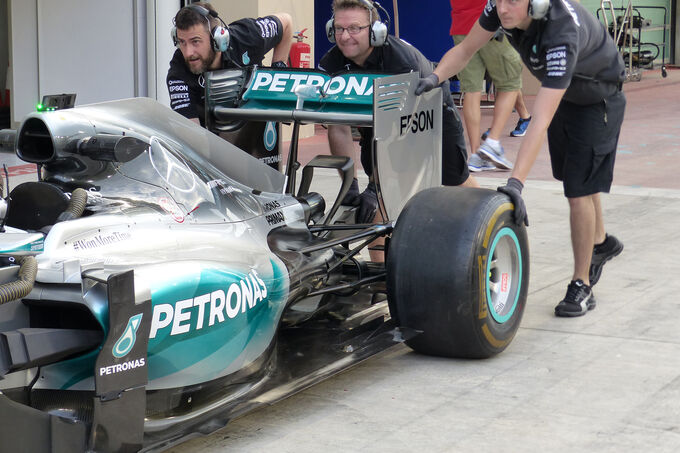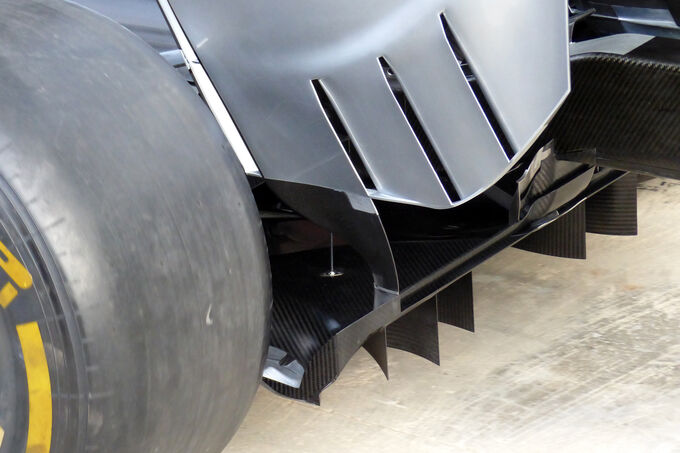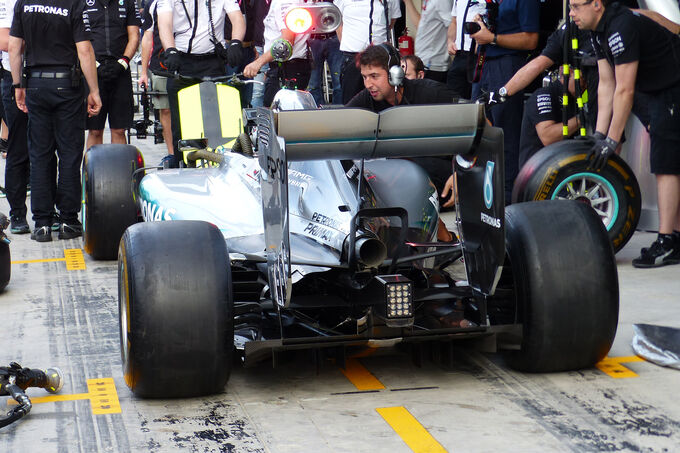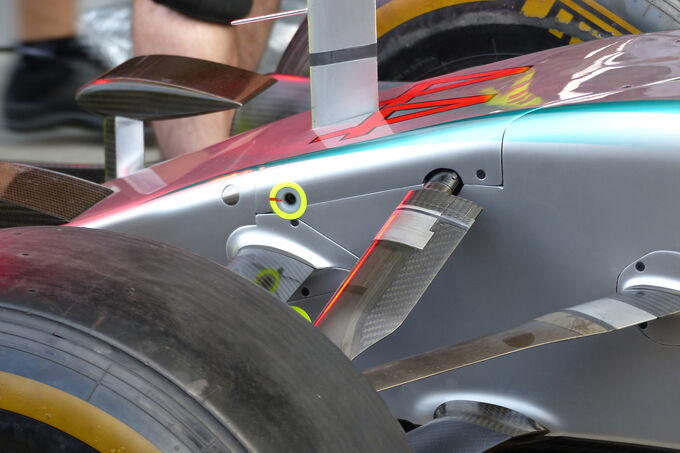Atticus wrote:Mark4211 wrote:Not sure if this is the correct thread to post these questions I've wanted to ask for a long time now, (apologies if this is very straightforward for those who knows how suspensions work)
1) How do Mercedes have very little amount of dive on their front suspension when braking,
2) Lots of suspension travel on the loaded side when going over kerbs in corners, but very minimal on the unloaded (tyre touching kerb)
3) And very minimal bounce when car is released off the jacks during pitstops?
Reference videos:
1:
https://streamable.com/2vzc (can't see any movement on the pushrod, etc.)
2:
https://streamable.com/tnxr
3:
https://streamable.com/eetw (watching the ground shadow near the front left wheel, doesn't seem like it bounced at all)
I'm not sure about the thread either, much less so about me being spot on in engineering terms, but I'd say:
1) and 3) mean stiff springs and/or shocks, while 2) means an unusually soft anti-roll bar.
(Apologies if I got my facts wrong on how stiff/soft the dampers/springs are while explaining below)
But won't stiff springs mean less suspension travel though? Unless it's a very stiff heave/third spring but very soft corner springs?
Though I'm still confused how does the inside suspension not get much compression, meaning stiff compression dampers but the outer get's so rebounded quickly, meaning less soft rebound?
What puzzles me is that, isn't rebound supposed to be stiffer than bump/compression?
Another video illustrating that characteristic:
https://streamable.com/h0f0
I think it has like you said, very very soft anti roll bars too, it does have roll I think, judging from the suspension oscillating up and down
https://streamable.com/vixo
Another video showing the bounce-less pitstop, with very little vertical suspension travel, but still manages to do all characteristics above (roll, bump) with more travel, and bounces at kerbs except at pitstop?
https://streamable.com/dcae
